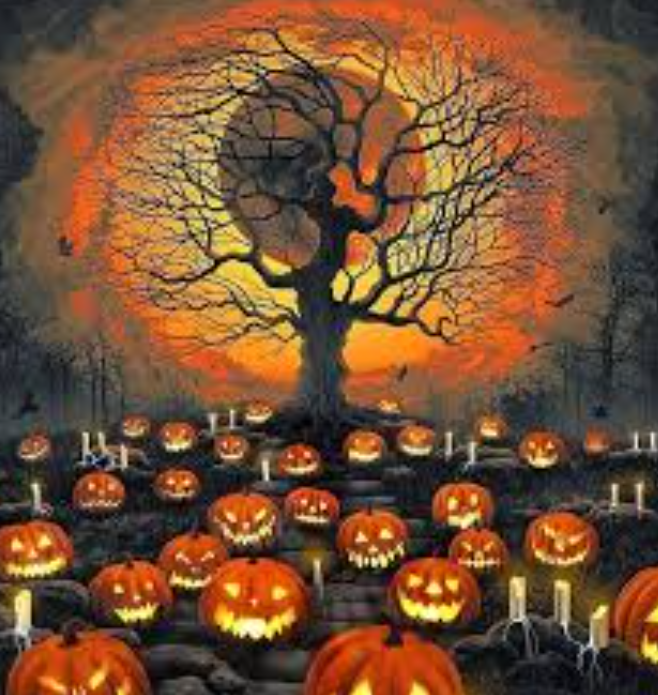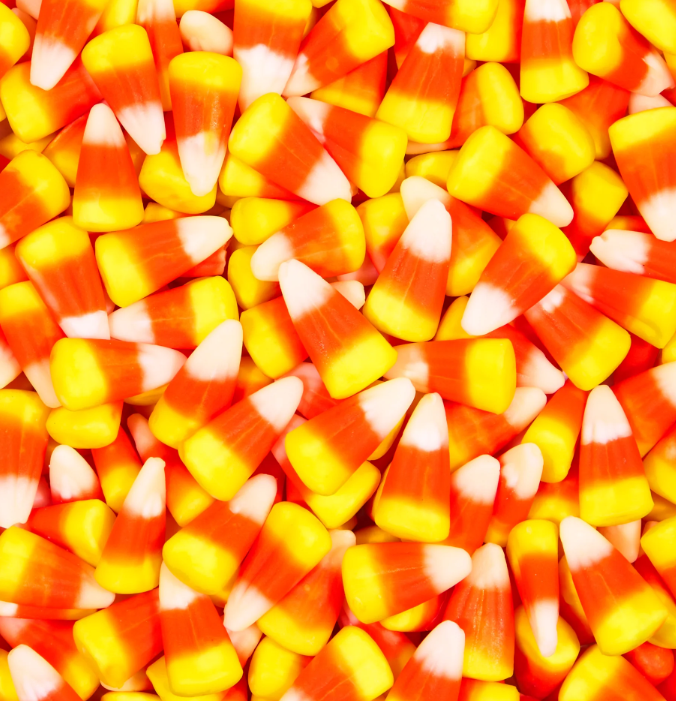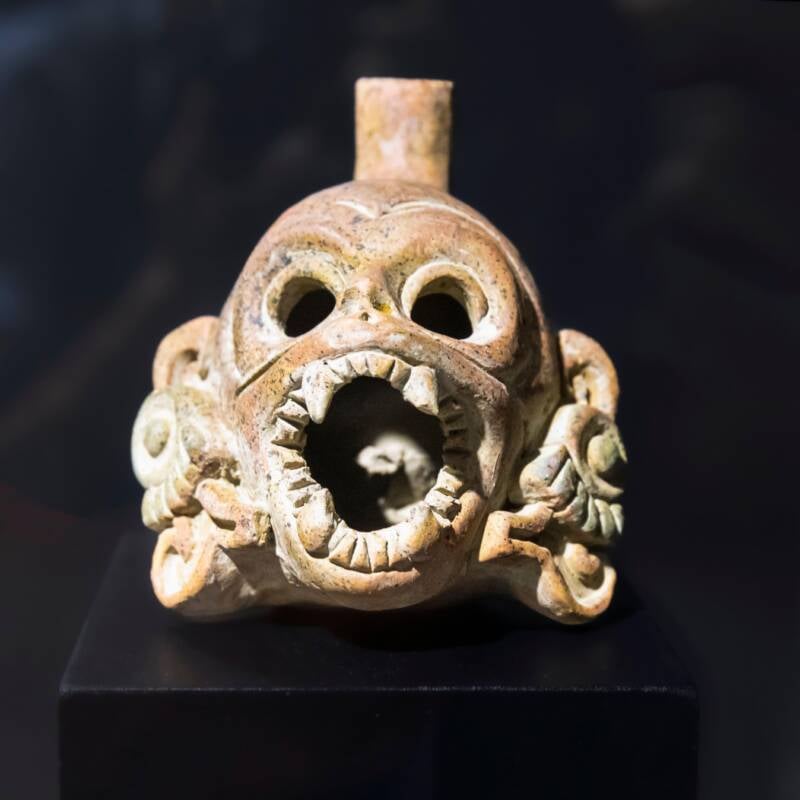At its core, Thanksgiving is about abundance and gratitude, but when we apply a sociological lens to Thanksgiving, we begin to see how the holiday unwittingly highlights class inequality. Holidays can tell someone a lot about what a culture holds most valuable. And in America, there are three huge catalysts for discrimination and inequality…
- Consumerism
Consumerism is essentially the drive to buy and own more stuff. To define one’s identity through what they own.
Thanksgiving, like many Western holidays, has become intensely commercialized. With mega-corporations showcasing the “perfect holiday feast”. This celebration of overabundance serves as a highlighting reminder of food insecurity within the lower class. While some homes have tables flowing with food, other homes are experiencing the scraping together of resources. Thanksgiving tends to underscore the systemic disparities in class, those with more resources celebrate the holiday with ease, while those without struggle to eat day to day. This and the millions of retail workers, restaurant employees, and delivery drivers who work around the clock surrounding the holiday reflect a system where class inequalities are perpetuated as the more privileged can enjoy the holiday while the less fortunate are forced to labor.
- Race
In the story of Thanksgiving that was told to us as children, the Native Americans helped the Colonists grow food find shelter and thrive. And that on the first Thanksgiving, they shared a friendly meal with one another.
This story has been more and more disproven as we dig deeper into the true roots of Thanksgiving, the history that includes violence, disease, and displacement of Indigenous peoples. But how does this holiday that we still celebrate contribute to the inequality of Indigenous people? Many of these tribes were first forced onto remote reservations lacking in resources and fertile soil. This caused Native American communities to face higher rates of poverty and unemployment even now.
- Gender
Especially in this day and age, it is important to highlight the microcosm of gender inequalities that persist in society. For example, during the holidays it is often expected for women to take on the brunt of the cooking and cleaning around the house, the emotional mediation between family members. Mothers, Aunts, Grandmothers, Sisters… An expectation is placed around the divisions in which each gender is assigned during the holidays. Lastly, Thanksgiving brings a heavy highlight to the workforce, where many women have difficulty balancing their jobs with the brunt of work at home. This brings to light the broader issue of gender inequality, where women are continuously over-represented in low-wage and part-time jobs.
We must take into account these societal issues surrounding the holidays as we approach them. Being aware of the problem is the first step to fixing it. As we move forward, let us use this awareness and understanding as a catalyst for change, hoping to create a more fair and just world for everyone.
Happy Thanksgiving! What are you thankful for?
(was not able to add photos at all, please fix this error)








